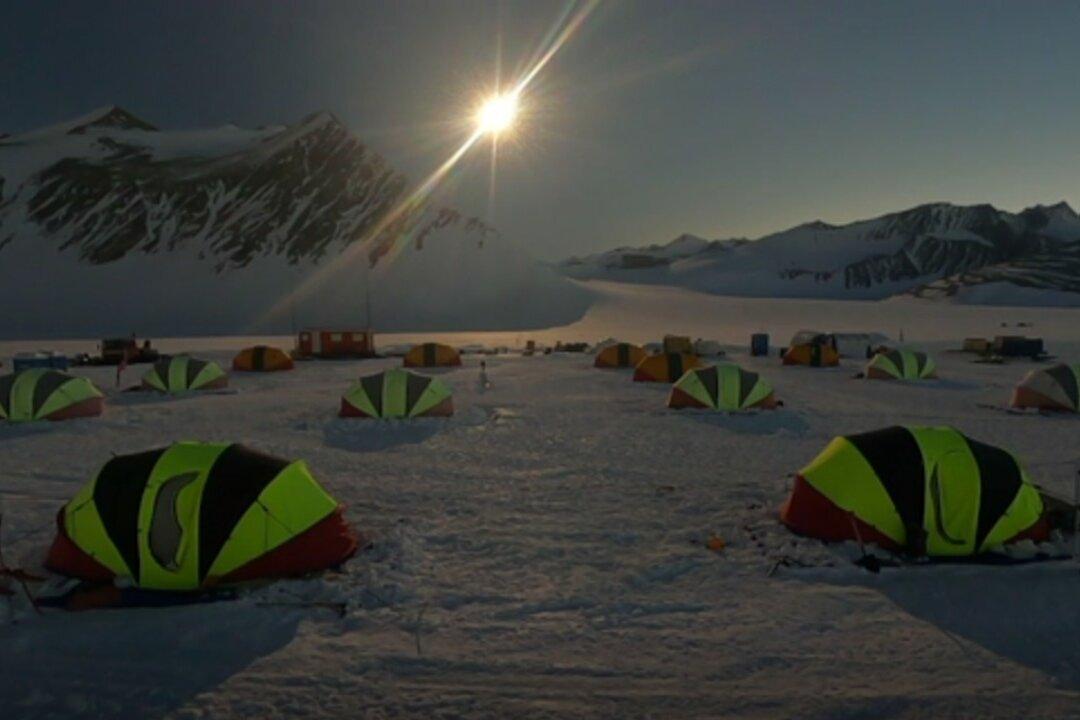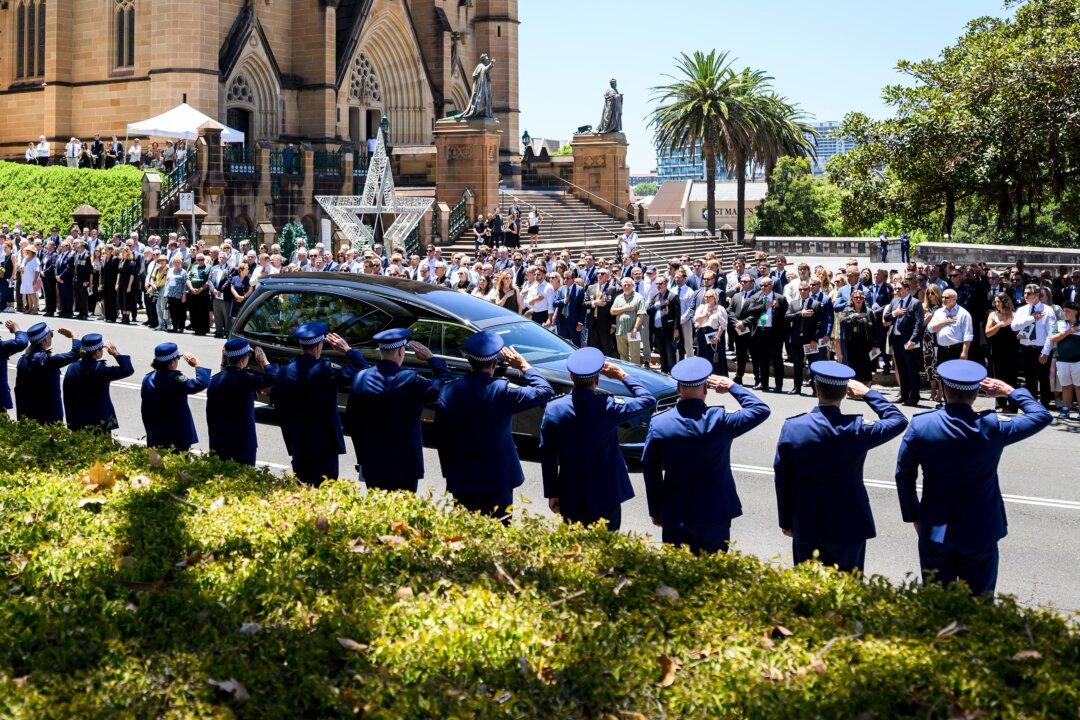Australian researchers have set off on their most ambitious polar expedition in two decades, aiming to drill down into million-year-old ice to learn about how the earth’s climate changes.
A convoy of five specially designed tractor trains intends to traverse 1200 kilometres to Little Dome C in Antarctica, where—if successful—they will set up a camp for scientists to start drilling as early as next summer.





